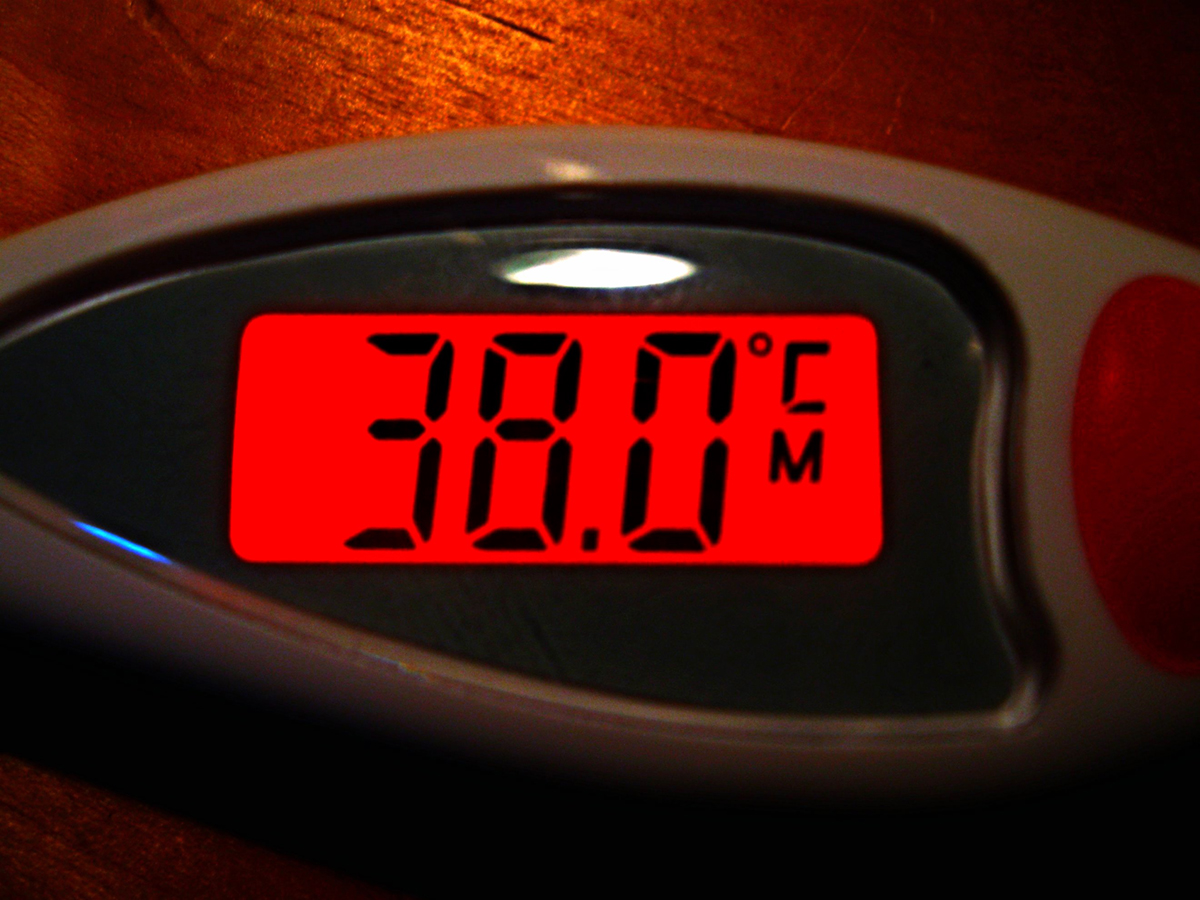
From the first menstruation, everywoman normally ovulates once a month. Ovulation occurs when the ovaries releasethe eggs to the fallopian tubes so that they can be fertilized. Therefore, duringovulation, the woman is the most fertile. For every woman it is very importantto know when she ovulates either because she wants to stay pregnant or because she wants to avoid conceivingpregnancy.
It is regarded that a normalmenstrual cycle lasts 28 days and that the ovaries release the eggs on the 14thday. However, not all woman have regular menstrual cycle and therefore, for,them, it is very important to recognize several physical signs of ovulation. Regardless of the duration of the menstrual cycle, ovulation always occurs two weeks prior tomenstruation.
Signs of ovulation
Certain changes in the mucus of thecervix are among the most common signs of ovulation. The cervical mucus after amenstruation is usually scanty, but when the ovulation starts, it becomessticky and moist and tends to further becomes stretchy. The amount of thecervical mucus increases during the ovulation and it looks like the egg whites.It is stretchy, thin and clear, but when the ovulation ends, it becomes slightly scanty.
It is estimated that the body basaltemperature in a woman during ovulation tend to increase slightly for about 0.2 °C. This rise in the body basaltemperature occurs a day or two days after the menstruation, and it lasts untilthe next menstruation. Although the regular thermometer can be used formeasuring the body basal temperature, there is special basal body temperaturethermometer that is better for this purpose. The measuring should be done eachmorning before getting up.
Ovulation is the period when thecervix changes its texture and position, as well as its mucus. The cervixbecomes somewhat soft and moist during ovulation and its opening becomes slightlywider, which can be felt by inserting the finger into the vagina. Ovulation can also be predicted ifthe woman pays attention to the physical signs such as bloating, pain in oneside of the pelvis and ovulation cramps. Furthermore, the breasts become tendererthan before and the sexual drive increases significantly during this period.
Every woman should know that these physicalsigns are the signs of the ovulation, but the woman should not rely on them onlysince they can represent the signs of some other health condition as well. Itis recommended to follow the physical signs of ovulation along with followingthe dates and ovulation calendar.


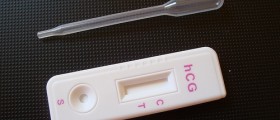

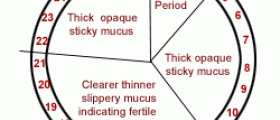



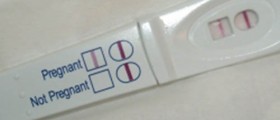

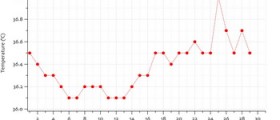





Your thoughts on this
Loading...